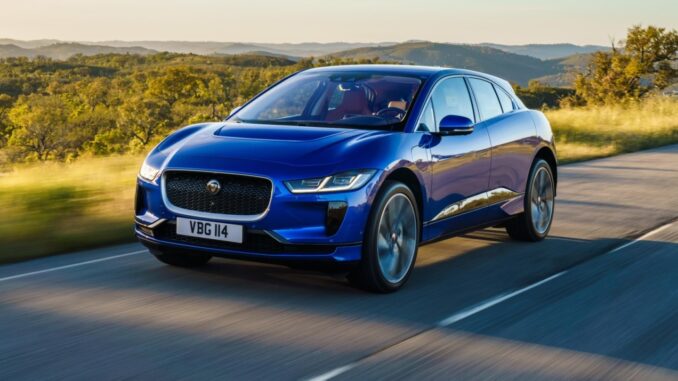
In India, the electric vehicles market has been growing, making customers unsure about which electric vehicle to purchase and transforming it into a fashionable option. Many vehicle companies are producing electric cars to reduce other vehicles’ environmental impact because electric cars do not emit any gasoline.
Electric automobiles have lithium-ion or lithium polymer batteries, as well as electric motors. A battery-electric vehicle produces less CO2 than a diesel automobile on average.
With the arrival of the period of electric cars in India, luxurious car manufacturers are introducing high-priced electric luxury cars and electric sports cars in the EV market. And those who want to help the environment by purchasing an electric automobile will be unable to do so. Let’s have a look at upcoming electric cars in India under 10 lakhs:
Table of Contents
Tata Altroz EV

At Auto Expo 2020, the Tata Altroz EV was presented. It gets a new set of alloy wheels and a revised front end. It has the same capabilities as the conventional Altroz. It makes use of the company’s revolutionary Ziptron powertrain, which debuted in the Nexon EV. It runs on IP67-rated dust- and water-proof battery pack that provides a 300-kilometer driving range on a single charge. By the end of 2020, the Tata Altroz EV is projected to be available for purchase. It is expected to start at Rs 14 lakh when it is released.
Haima Bird Electric EV1

FAV Haima debuted at Auto Expo 2020, displaying a variety of vehicles at its pavilion. The Bird Electric EV1 hatchback will be one of them. In China, it’s known as the Haima E1. Furthermore, by 2022, it would be available in Indian showrooms. It has a hatchback-like appearance and a big touchscreen infotainment system with an all-digital instrument cluster, comparable to the WagonR. Two airbags are included in the safety kit.
Renault K-ZE
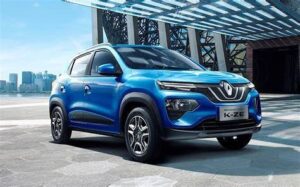
The Dacia Spring, the European version of the Renault Kwid EV, received one star in the Euro NCAP safety test. Adult Occupant Protection (AOP) received 49 percent, Child Occupant Protection (COP) 56 percent, Safety Assists 32 percent, and Vulnerable Road Users protection 39 percent for the model tested. Six airbags, ABS with EBD, and ISOFIX child seat mounts were included.
ORA R1

At the Auto Expo 2020 in India, Great Wall Motors presented the R1 electric hatchback. In its home market of China, it’s known as the Ora R1. The R1 has a 33kWh battery, which gives it an NEDC-tested range of 351 kilometers.
The electric motor produces 125Nm of torque while having just 47PS of power. This is good for a claimed 5.6-second 0-50kmph time and a top speed of 100kmph. An Ora R1 takes 10 hours to charge via a standard outlet. It can be charged up to 80% in about 40 minutes using DC rapid charging.
Tata Sierra

At Auto Expo 2020, Tata Motors showcased the Sierra Electric Concept. It’s a new take on the same old classic SUV that we all know and love. The proposal preserves all of Sierra’s aesthetic eccentricities while also adding modern features such as motorized sliding doors, swivel seats, and a futuristic cabin. Tata Motors is presently evaluating the SUV’s viability, and we may see it on the road shortly.
Volvo XC40 Recharge

The XC40 Recharge, like the normal XC40, is based on the company’s Compact Modular Architecture (CMA) platform. The rest of the elements are quite identical to the XC40, except for minor visual indicators that indicate their electrified nature. It gets a white-finished strip in place of a grille that houses the Volvo badge upfront, as well as new alloy wheels. The XC40 Recharge, like the Tesla automobiles, has a frunk in the front with a tiny storage area of 31 liters.
Mahindra E kuv100
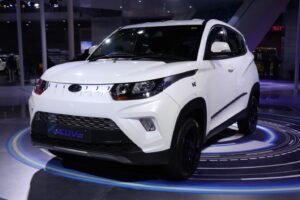
E kuv100 is Mahindra’s second electric vehicle, following the Verito. It sports a 15.9 kWh liquid-cooled lithium-ion battery with a 150-kilometer range.
Aside from that, the car’s electric motor produces a peak power of 54.4 HP and torque of 120NM. A regular charger will take 6 hours to charge this car. At the same time, fast charging can get you from zero to eighty percent in one hour.
Wagon R EV

Since earlier this year, Maruti Suzuki has been testing the electric Wagon R in India. While the test mules may be vehicles intended for the Japanese market, the Wagon R electric for India is believed to be based on the existing model. The business hasn’t released any details, but the Wagon R will undoubtedly compete with other electric vehicles in the segment. The electric vehicle might cost as high as 12 lakh. Maruti intends to release the vehicle next year.
Mahindra XUV300 electric
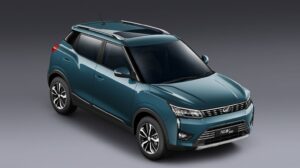
The car is designed to compete with Mahindra’s Kona SUV, which is why it will have a 40kWh motor. The range is expected to be 300 kilometers, and the vehicle will be powered by a 132 horsepower electric motor. Mahindra is collaborating with LG Chem, a renowned Korean battery producer, on Nickel Manganese Cobalt (NMC) batteries. These batteries will have a higher charge density per unit volume and thus be lighter. While the long-range XUV300 electric is expected to be pricey, the basic-range model is expected to cost roughly Rs 10 lakh.
Tata Tigor EV
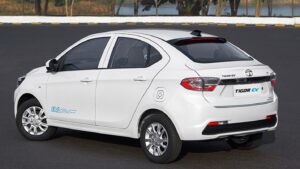
Tata is going to debut the second electric car, the Tigor, which would be priced between 6 and 8 lakhs. It will be equipped with a Tata Tigor 72 V 3-phase AC Induction Motor and a 21.5 kWh battery pack, which will produce a peak power of 30 kW and torque of 105 NM.
The vehicle will have a front-wheel-drive single-speed automatic transmission. Other electric automobiles, on the other hand, include a regenerative braking mechanism that extends the battery’s range. With a standard charger, the Tata Tigor EV takes 11.5 hours to charge from 0% to 100%. At the same time, 15 kWh rapid charging takes 2 hours to get from zero to eighty percent.

Leave a Reply